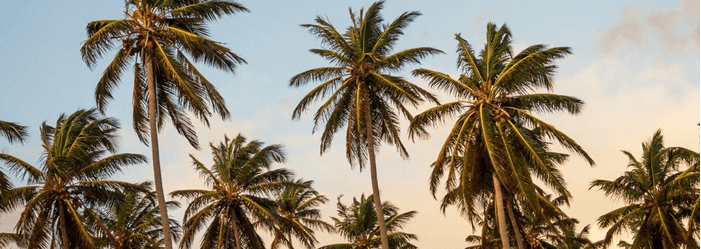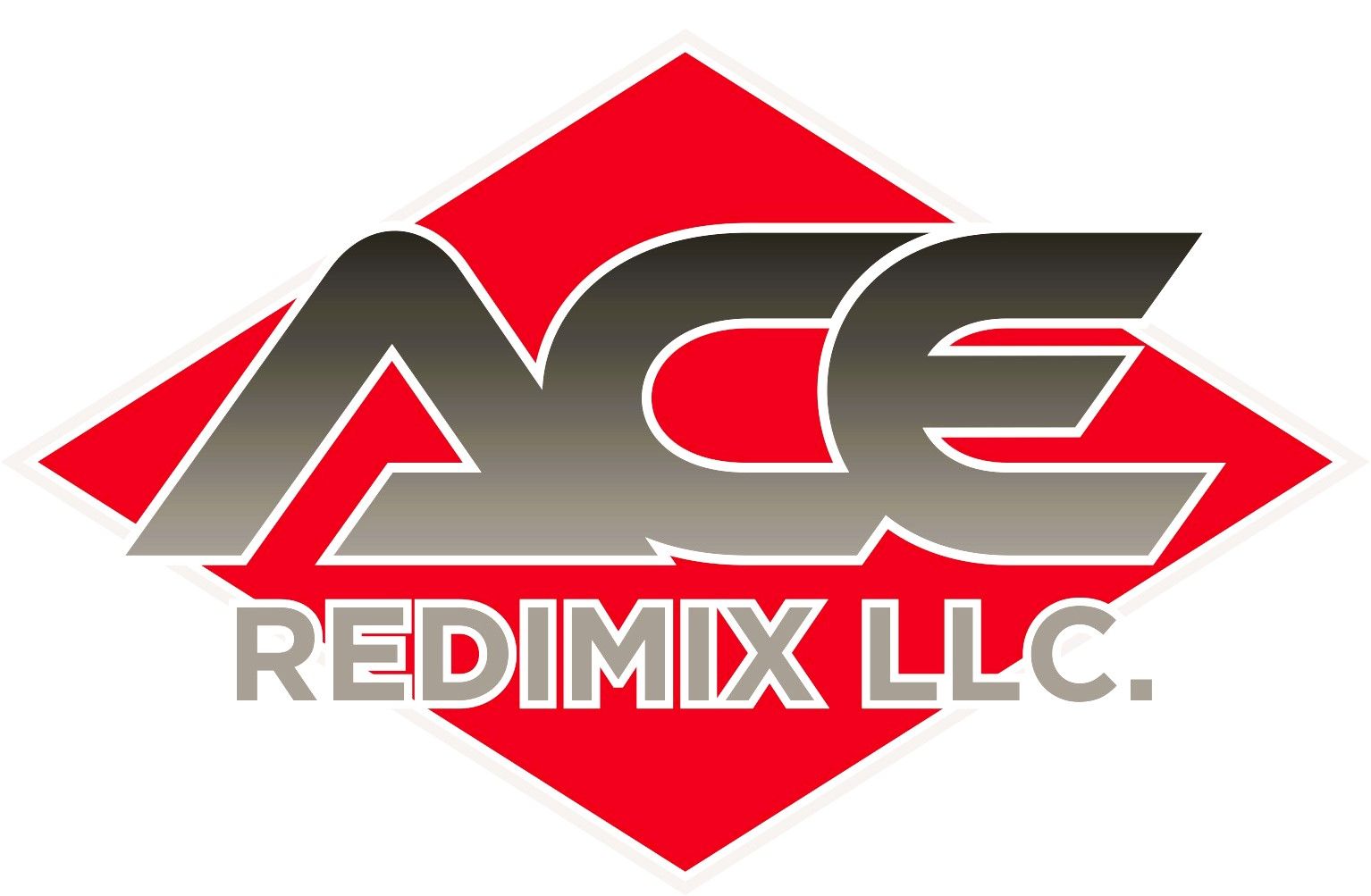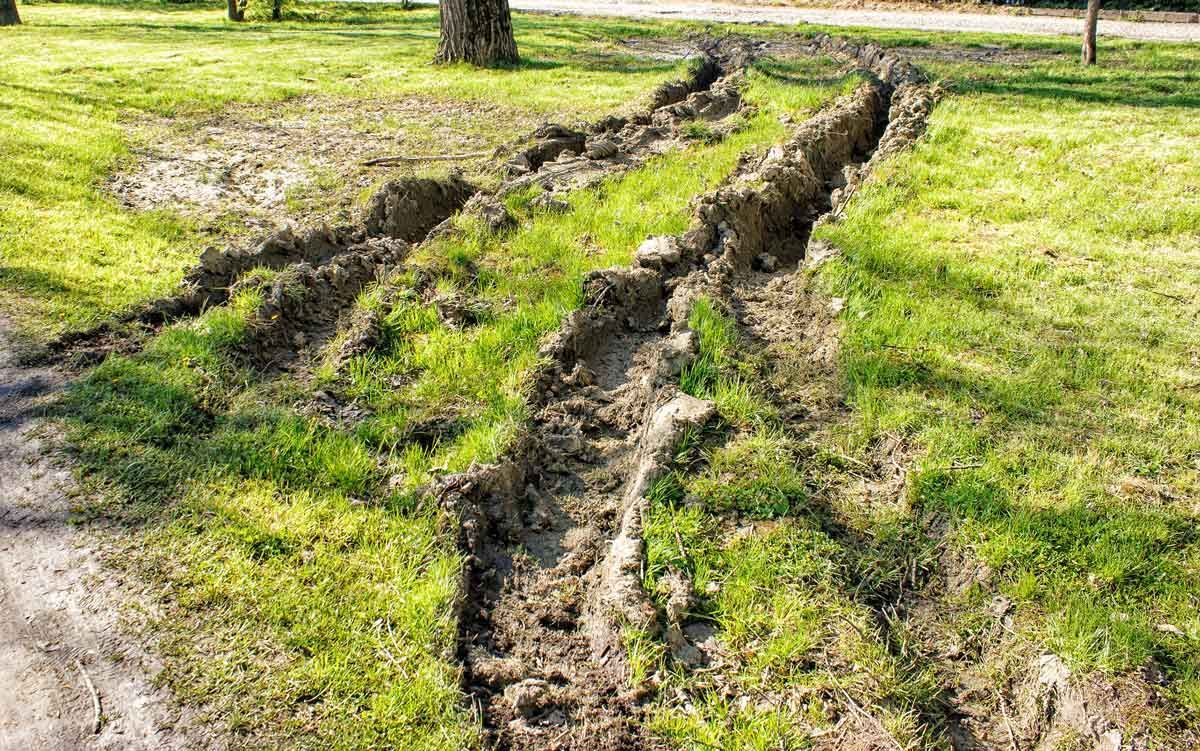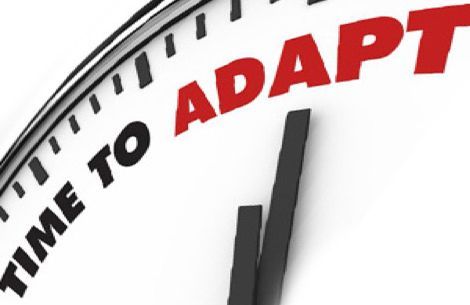Seasonal Pouring Tips
Seasonal Pouring Tips for North East Ohio

NORTHEAST SEASONAL POURING TIPS
Climate Overview:. Spring is typically cool and short, and summers are hot and humid. Fall can have warm days and cool nights. Winters are long, with heavy snowfall and ice in most areas. Most weather approaches from the west, with the occasional coastal "Noreaster" winter storm coming from the south, dropping heavy rain and snow on coastal regions. Weather plays a major role in exterior concrete placement in all seasons in this region.
Winter (December - March)
Mix Designs: Cold weather mix designs are mandatory for all exterior concrete placed during the winter. The primary considerations include chemical set accelerators to help the concrete set faster and air-entrainment admixtures to help with freeze-thaw conditions. Air entrainment should be mandatory in all exterior concrete placed in this region. Using hot water to increase concrete temperature is a common winter practice.
Placement and Curing Practices: Cold weather concrete practices are mandatory for all exterior concrete placed in this region during the winter. Due to extensive freeze-thaw conditions, this region is prone to spalling and scaling concrete. Proper mix design, placement, and curing are crucial for long-term concrete durability. The primary considerations include blankets for heat retention as well as the possibility of tenting in very cold conditions. Since the ground freezes hard, using ground heaters to thaw the ground may be necessary for winter pours. Curing concrete in these regions usually requires the use of solvent-based curing compounds or cure-and-seal chemicals to avoid freezing. With cold temperatures, time is a factor, so pumping concrete becomes more common. ACE Redimix LLC should be consulted far in advance of the concrete placement, since Ohio has road restriction weight limits that may create a logistical issue in delivering concrete. Proper planning and communication are keys to a successful winter pour.
Special Equipment:
- Sprayers to apply curing compounds
- Ground heaters if the ground is frozen prior to the pour
- Concrete pumps to speed the placement of concrete in cold conditions
- Curing blankets and non-water-based curing compounds
- Tenting
- Proper cold-weather attire for crews pouring and finishing the concrete
Spring
Climate (April - May): Spring is very short in the Northeast. Temperatures are cool and conditions can be wet. The threat of snow and freezing temperatures is usually gone by mid-April, but rain is always a consideration.
Mix Designs: Because the ground will stay cold longer, chemical set accelerators are often used in concrete in the spring to help the concrete set quickly and uniformly.
Placement and Curing Practices: Windy and wet conditions can be common. Plastic sheeting, surface evaporative control agents, and curing compounds should be available on all exterior pours in the spring.
Special Equipment: Plastic sheeting; sprayers to apply curing compounds and surface evaporative control chemicals.
Summer
Climate (June - August): Hot, humid summers are the norm for much of the Northeast. Extreme temperatures are rare. Periodic rain is common, and can occur at any time of the day.
Mix Designs: Dealing with high humidity and warm weather can require the use of admixtures to extend the set time. Hydration stabilizers and water reducers are commonly used to extend the working life of the concrete without affecting performance.
Placement and Curing Practices: With high humidity and hot temperatures, quick placement is the norm for exterior concrete projects. Surface evaporative control agents should be available on all jobs, whether they are used or not. The use of curing compounds and cure-and-seal chemicals is commonplace for most exterior summer pours. Due to exposure of the hardened concrete to freeze-thaw conditions in winter, it is prone to spalling and scaling. Proper water content and finishing are critical for long-term durability.
Special Equipment: Plastic sheeting to protect concrete from sudden rain showers; sprayers to apply curing compounds and surface evaporative control chemicals.
Fall
Climate (September - November): Fall typically experiences the most stable weather conditions of the year for pouring exterior concrete. The humidity is low, and the days are warm with cool nights. Frost and freezing temperatures can start to become a factor later in the season. Scheduling new exterior concrete work can be difficult, since concrete suppliers and installers are typically busy finishing as much work as possible before winter arrives.
Mix Designs: Hydration stabilizers and water reducers are commonly used to extend the working life of the concrete without affecting performance. Due to extensive freeze-thaw conditions air-entrainment admixtures should be used.
Placement and Curing Practices: Surface evaporative control agents should be available on all jobs, whether they are used or not. The use of curing compounds and cure-and-seal chemicals is commonplace for most exterior pours. Proper water content and concrete finishing practices are critical for long-term durability.
Special Equipment: Sprayers to apply surface evaporative control agents and curing compounds; curing blankets; plastic sheeting.
You might also like
Book a Service Today
We will get back to you as soon as possible
Please try again later



